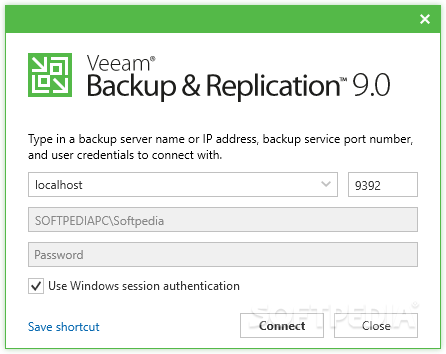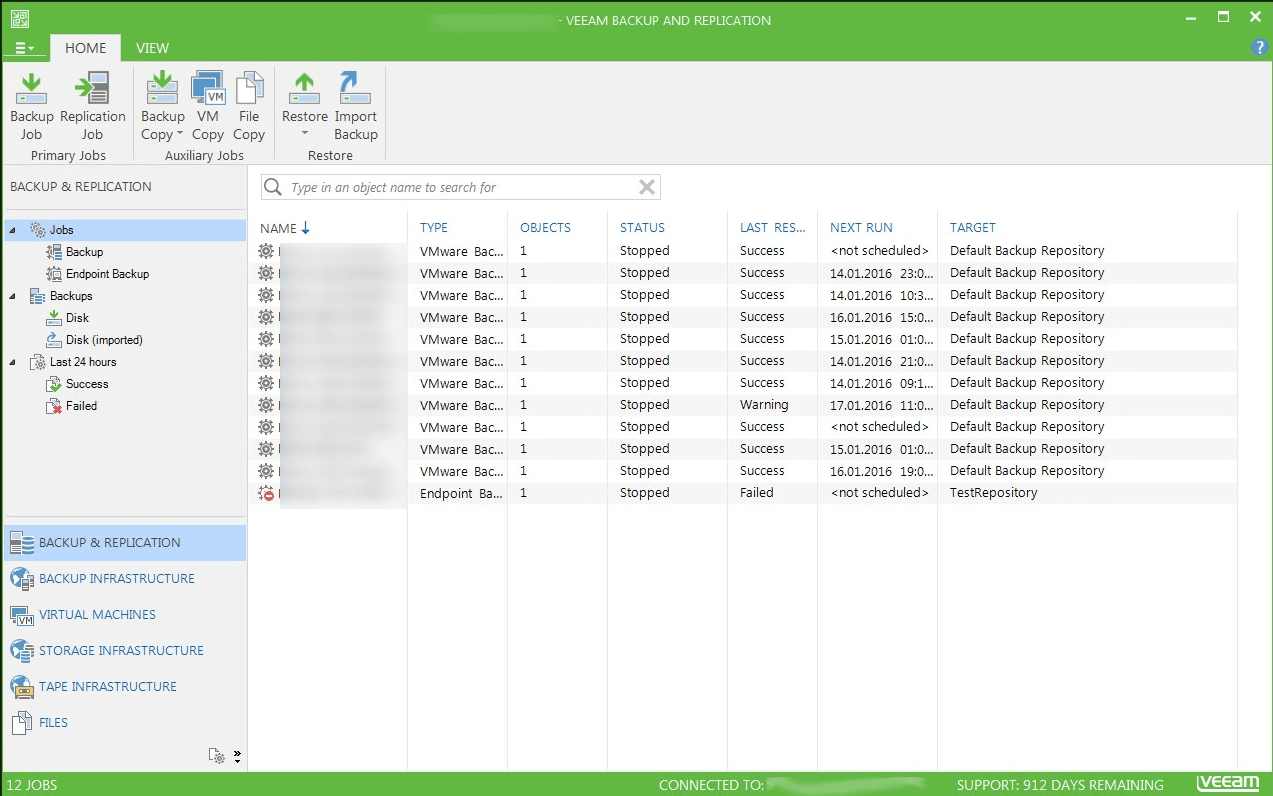

To do so, organizations must focus on immutability. While best practices – such as securing backup credentials, automating cyber detection scans of backups, and auto verifying that backups are restorable – are beneficial to protect against attacks, the key tactic is to ensure that the backup repositories cannot be deleted or corrupted.

As far as recovery goes, the research reveals that in almost all (93%) cyber-events, criminals attempt to attack the backup repositories, resulting in 75% losing at least some of their backup repositories during the attack, and more than one-third (39%) of backup repositories being completely lost.īy attacking the backup solution, attackers remove the option of recovery and essentially force paying the ransom. To avoid paying ransom, your backups must surviveįollowing a ransomware attack, IT leaders have two choices: pay the ransom or restore-from-backup. Sadly, the global statistic of organisations able to recover data themselves without paying ransom is down from 19% in last year’s survey. Additionally, only 16% of organisations avoided paying ransom because they were able to recover from backups. Still, while 59% paid the ransom and were able to recover data, 21% paid the ransom yet still didn’t get their data back from the cyber criminals. Paying the ransom does not ensure recoverabilityįor the second year in a row, the majority (80%) of the organisations surveyed paid the ransom to end an attack and recover data – now up 4% compared to the year prior – despite 41% of organisations having a “do-not-pay” policy on ransomware. “We need to focus on effective ransomware preparedness by focusing on the basics, including strong security measures and testing both original data and backups, ensuring survivability of the backup solutions, and ensuring alignment across the backup and cyber teams for a unified stance.”

Although security and prevention remain important, it’s critical that every organisation focuses on how rapidly they can recover by making their organisation more resilient,” says Danny Allan, chief technology officer of Veeam. “The report shows that today it’s not about if your organisation will be the target of a cyber-attack, but how often. This research report encompasses four different roles involved in cyber-preparedness and/or mitigation including, security professionals, CISOs or similar IT executives, IT operations generalists, and backup administrators. The survey examines key takeaways from these incidents, their impact on IT environments and the steps taken, or needed, to implement data protection strategies that ensure business resiliency. The Veeam 2023 Ransomware Trends Report shares insights from 1 200 impacted organisations and nearly 3 000 cyber-attacks, making it one of the largest reports of its kind. It found that attackers almost always (more than 93%) target backups during cyber-attacks and are successful in debilitating their victims’ ability to recover in 75% of those events, reinforcing the criticality of immutability and air gapping to ensure backup repositories are protected. Organisations of all sizes are increasingly falling victim to ransomware attacks – and are inadequately protecting against this rising cyberthreat.Īccording to new data in the Veeam 2023 Ransomware Trends Report, one in seven organizations will see almost all (more than 80%) data affected as a result of a ransomware attack – pointing to a significant gap in protection.


 0 kommentar(er)
0 kommentar(er)
